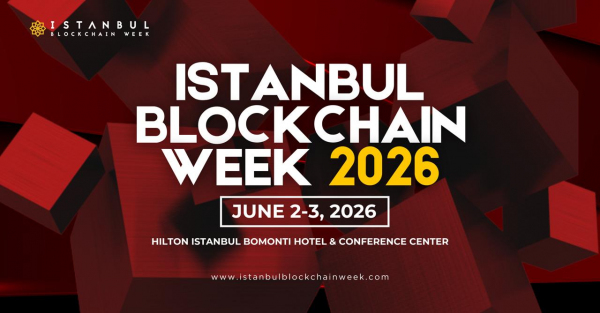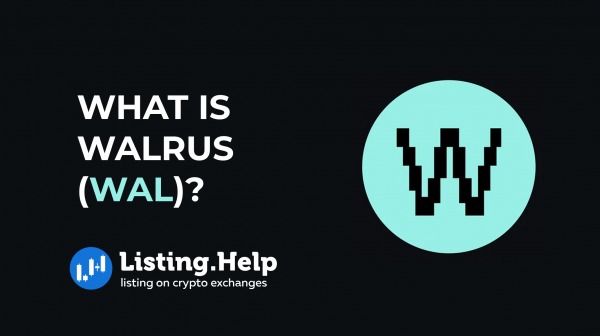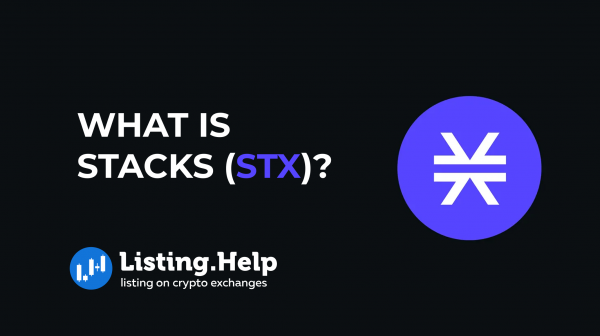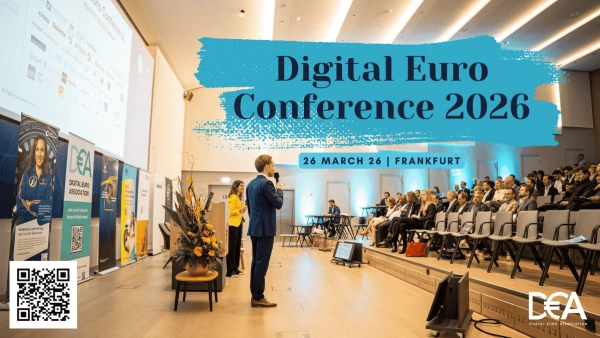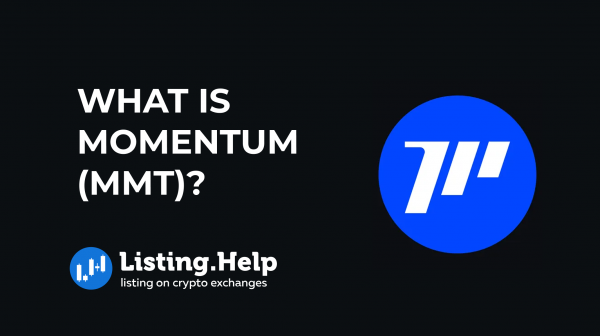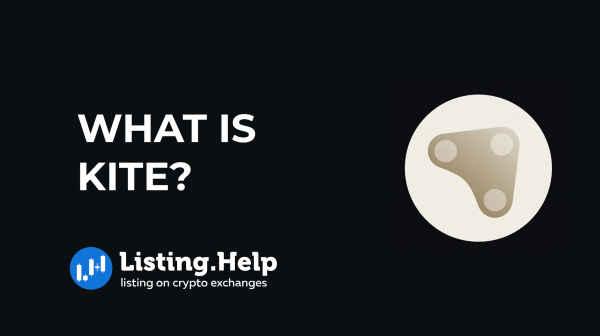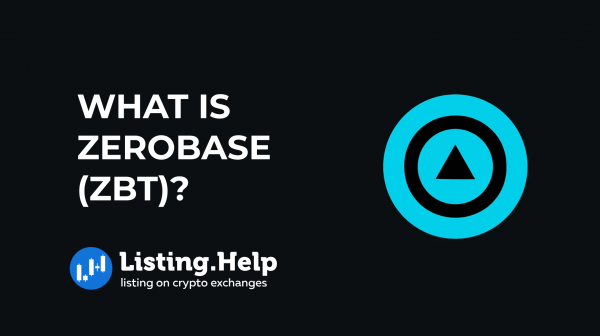What is DIA? DIA Token and Project
 October 4, 2024
October 4, 2024 Updated: October 4 2024, 11:40
Updated: October 4 2024, 11:40
LEAVE A REQUEST
Launching your own token project? Our experts are ready to help with listing on exchanges, market making, marketing and other solutions
SUBMIT APPLICATIONThe cryptocurrency landscape has seen rapid growth in recent years, particularly with the rise of Decentralized Finance (DeFi), which enables financial transactions to occur in a decentralized, transparent manner. DIA is designed to support this environment by functioning as a cross-chain data and oracle platform. But what exactly is the DIA project, and what role does its native cryptocurrency, the DIA token, play? In this article, we’ll take a closer look at these questions and explore the fundamentals of DIA.
What is DIA?
DIA is an open-source, cross-chain platform that collects and presents customizable data streams for both on-chain and off-chain use. It also supplies data to smart contracts, which miners rely on when processing transactions.
To put it simply, imagine a transaction that only executes when a specific condition, “Event X,” occurs. For the contract to know whether this condition is met, it requires data. This is where DIA steps in, providing the necessary information, verifying its accuracy, and sending it to the smart contract. This system allows transactions to proceed efficiently and reliably.
DIA serves as a hub for financial data, bringing together data analysts, providers, and users in a collaborative environment. This ensures that the data needed for creating financial decentralized applications (dApps) is readily available.
Sharing financial data transparently is often a challenge, and DIA has committed itself to building a trusted, transparent, and accessible infrastructure. It encourages public participation in sourcing and evaluating data, which mirrors the concept of Wikipedia, where the community plays an active role. DIA’s goal is to strengthen the financial sector by providing accurate and transparent data through a reliable infrastructure that anyone can access.
The Architecture and Capabilities of DIA
DIA’s system prioritizes transparency, flexibility, and scalability. It aggregates billions of raw data points from over 80 sources, including both centralized exchanges (CEXs) and decentralized exchanges (DEXs). This approach allows it to serve any Web3 or Web2 application while providing full transparency and the ability to customize data streams.
DIA supports over 20,000 different assets and can source any publicly available data stream. This ability reduces dependence on third-party data, which can sometimes be unreliable. The data provided by DIA includes cryptocurrency prices, NFT floor prices, fair value estimates for liquid tokens, and other standard metrics.
In this way, DIA aims to offer a dependable solution for the DeFi ecosystem, ensuring that essential financial data is accessible, accurate, and adaptable to a wide range of applications.
How DIA Works
Now that we have a general understanding of what DIA is, let’s take a closer look at how the platform functions. DIA operates by crowd-sourcing all its data from publicly available sources, without relying on third-party intermediaries.
The platform continuously aggregates thousands of data points from both on-chain and off-chain sources. These sources include decentralized exchanges (DEXs), centralized exchanges (CEXs), metaverse platforms, NFT marketplaces, decentralized finance (DeFi) applications, traditional finance (TradFi) platforms, and more. The data is collected directly from smart contracts and APIs. Additionally, all data feeds on DIA are fully customizable, giving users control over the choice of sources and methodologies.
Step-by-Step Process
1. Data Requests
If a user needs a specific data set that is not yet available on the DIA platform, they can publicly submit a request for it. Along with this request, users also attach a bounty (paid in DIA tokens) as a reward for whoever provides the requested data first. The bounty is released once the submitted data has been validated.
2. Data Submission
After a data request is made, data providers—an open community of developers—respond to the challenge. The bounties for these requests are accessible via DIA’s Gitcoin page. Developers build data scrapers that connect new data sources to the platform. Any member of the community is free to contribute and validate data. Institutional-grade, customized data is typically integrated into DIA within 72 hours.
3. Data Validation
When a data request is fulfilled, the data is submitted as code, which undergoes a validation process using a staking mechanism. If anyone believes the submitted data is incorrect, they can challenge it by staking DIA tokens, triggering a data dispute process. The community then votes on who provided the correct data, and the winner receives the bounty. DIA also offers rewards for identifying bugs, security flaws, and manipulation attempts in the system.
4. Off-Chain Computation
The raw data that is provided goes through a rigorous cleaning process, using transparent methodologies to enhance its reliability. This step ensures that the data is accurate and trustworthy before it is further processed.
5. Data Storage
Once cleaned, the data is stored in DIA’s open-source, immutable, and flexible database. This system can handle a wide range of data types, from basic to complex.
6. Data Publication and Usage
After processing, the data becomes accessible off-chain through API endpoints and on-chain via DIA’s oracle system. DIA’s code is publicly available on Github for anyone to inspect. While historical financial data is offered free of charge, live price feeds and specific APIs are available for a fee, paid in DIA tokens.
Applications of DIA Oracles
DIA’s oracles, especially its price feeds, are widely used by various platforms, including DEXs, metaverses, staking reward applications, NFT platforms, and gaming applications. DIA’s oracles can be easily integrated across popular blockchains, such as Ethereum, BNB Smart Chain, Polygon, OKX Chain, Gnosis Chain, Avalanche, Arbitrum, and Fantom, among others.
Currently, the DIA platform offers a broad range of data feeds, including price information for over 20,000 traditional financial assets, 18,000+ NFT collections, and 2,000+ digital assets.
This extensive data library allows DIA to serve as a reliable source for a diverse set of financial and digital applications, ensuring that all users have access to up-to-date, transparent, and customizable data.
DIA Token
The DIA token serves as the governance token for the DIA ecosystem and is built on the Ethereum blockchain as an ERC-20 token. Its primary role is to allow token holders to participate in decision-making within the DIA ecosystem. Through this governance mechanism, DIA token holders can vote on proposals and help guide the platform’s development.
While the DIA platform itself is open source and free to access, the DIA token plays a crucial role in its ongoing improvement. Token holders can stake their tokens to encourage the addition of new data sources to the platform. Additionally, the DIA token is required to access live data streams and specific API endpoints. It also supports the data validation process through a staking mechanism, ensuring data accuracy and integrity.
Overall, the DIA token helps fuel both governance and the continuous evolution of the platform by providing incentives and promoting community involvement.
DIA Roadmap
The DIA Association emphasizes that significant groundwork has been laid to establish a strong foundation for DIA since its launch. Even before the idea of Polkadot’s parachains came about, DIA had already developed its own off-chain worker using a substrate-based framework. Moving forward, the team is committed to positioning DIA as a leading data solution for high-growth Layer 1 and Layer 2 blockchains. The plan is to keep expanding integration with markets and ecosystems across these chains.
DIA aims to support a wide range of projects, including NFT marketplaces, lending platforms, derivatives, and other applications that will shape the future of DeFi. The platform’s goal is to offer highly specific and easy-to-access data feeds, customized for various use cases through targeted market selection and methodologies.
In addition, DIA is actively developing a decentralized autonomous organization (DAO) structure. This will enable token holders to participate in making legally and commercially binding decisions under Swiss law, further strengthening the governance and direction of the platform.

For more insights and updates on the crypto world, don’t forget to check out our blog at Listing.Help




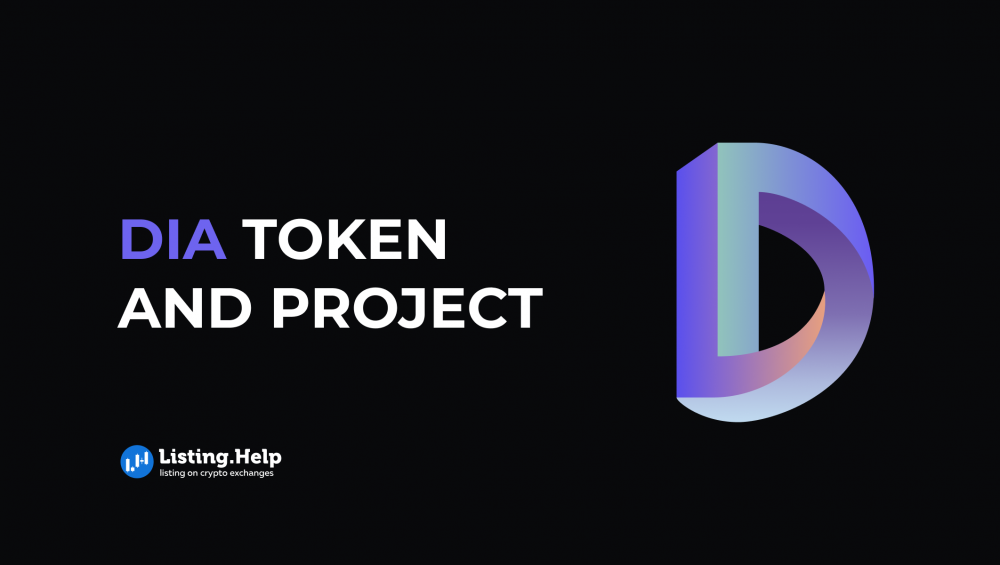


 December 29, 2025
December 29, 2025 